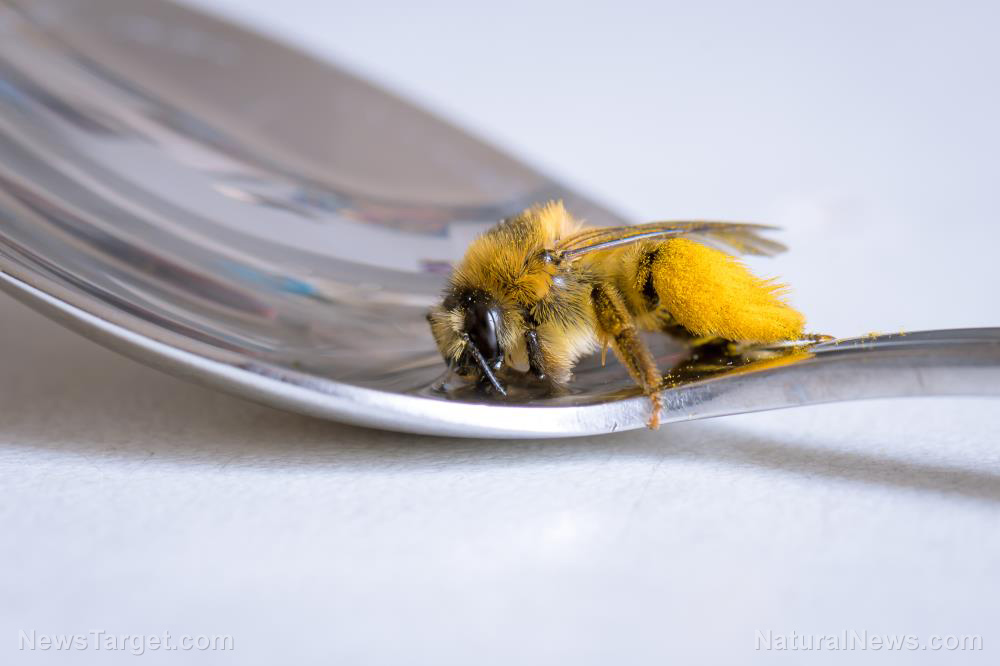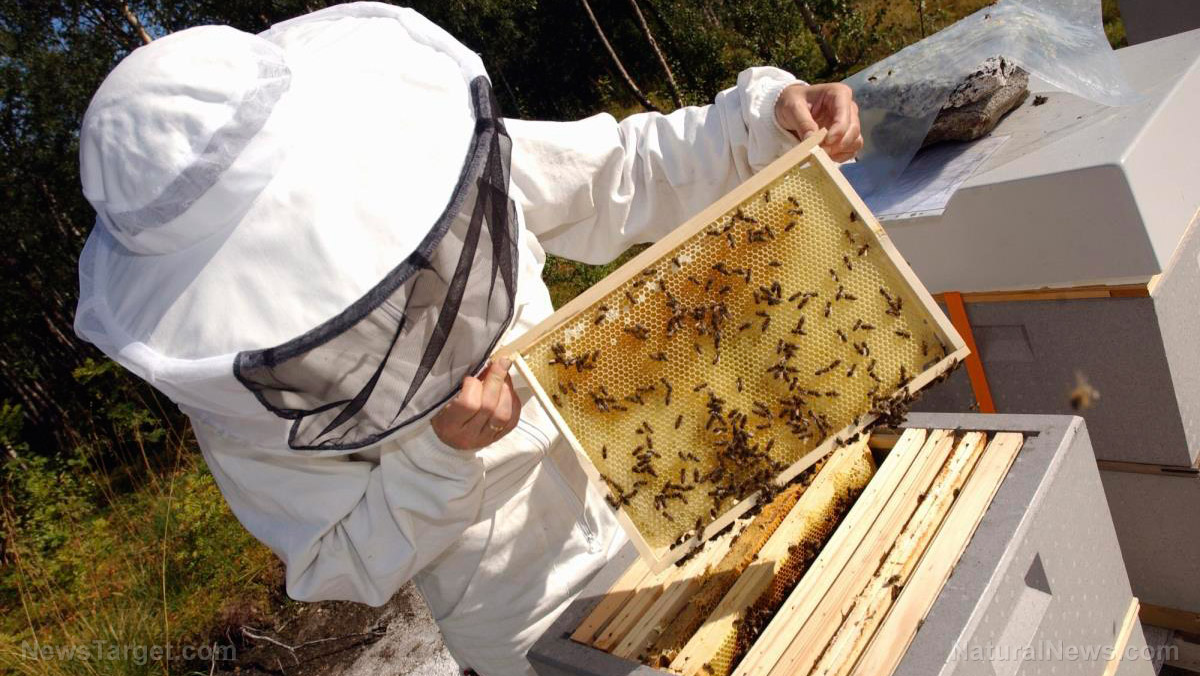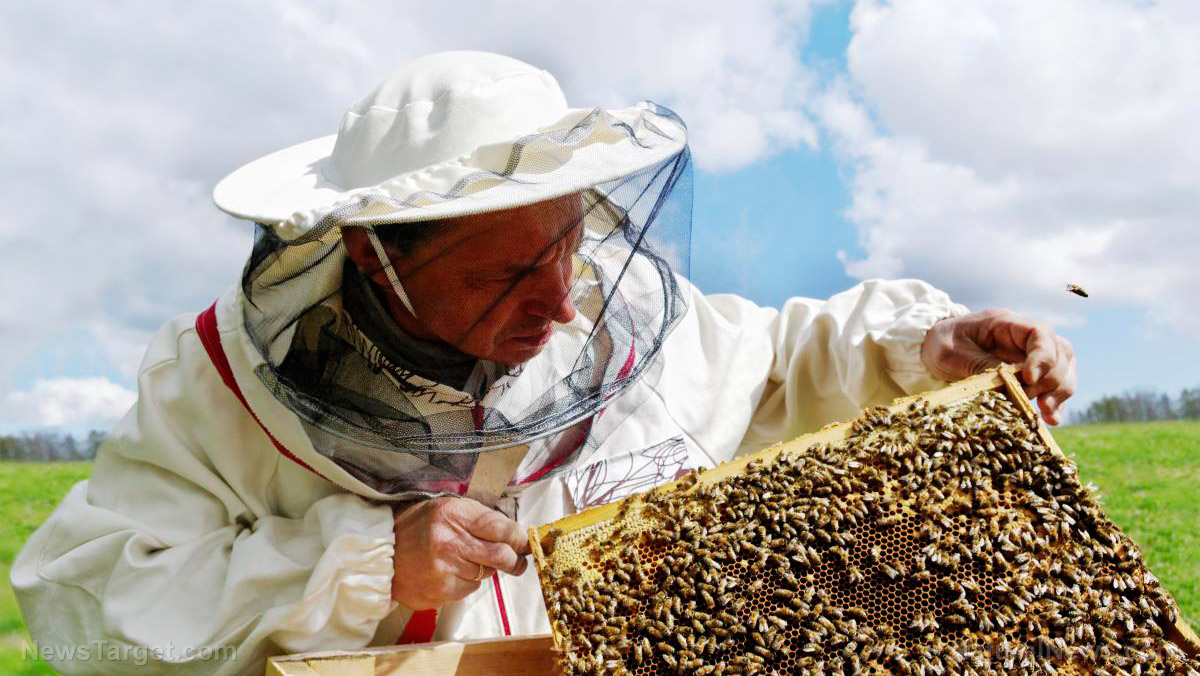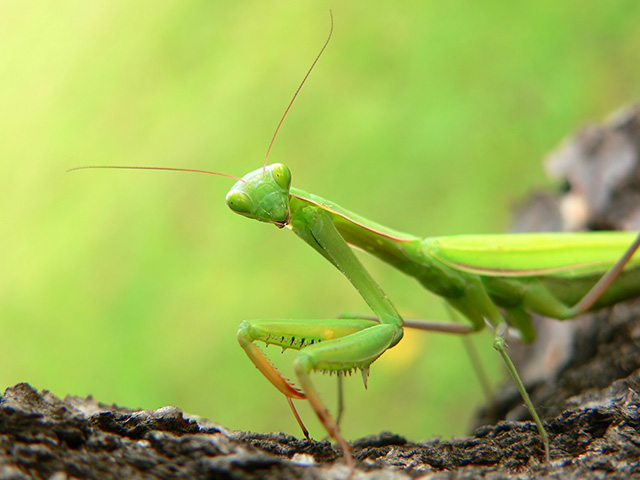
“Fungicides have been largely overlooked because they are not targeted for insects, but fungicides may not be quite as benign – toward bumblebees – as we once thought. This surprised us,” said Scott McArt, Cornell University assistant professor of entomology and the lead author of the study titled, “Landscape Predictors of Pathogen Prevalence and Range Contractions in United States Bumblebees,” which was published on Wednesday, November 15 in the journal Proceedings of the Royal Society B.
Building on a large data set gathered by University of Illinois at Urbana-Champaign professor of entomology Sydney Cameron, the scientists unveiled what they described as “landscape-scale” connections among pathogen prevalence, declines of endangered United States bumblebees, and fungicide usage.
As farms utilize both fungicides and insecticides, scientists are growing increasingly more worried about synergy. “While most fungicides are relatively nontoxic to bees, many are known to interact synergistically with insecticides, greatly increasing their toxicity to the bees,” McArt said.
Bumblebees are an important component for domestic and global agriculture because of “buzz pollination,” which is the process of vibrating and shaking pollen loose from flowers. According to a 2012 Cornell study, half of crop pollination work is propagated by commercially managed honeybees in the U.S., while the other half is done by bumblebees and wild bees.
In New York alone, pollination services give $500 million to the state's agricultural economy. (Related: More than 25,000 bumblebees fall from Oregon sky due to insecticide poisoning.)
Neonicotinoids also interfere with bumblebees' buzz pollination, researchers found out
Researchers analyzed the effect of neonicotinoids on bumblebees' buzz pollination capabilities by exposing a group of bumblebees to field-realistic doses of the insecticide thiamethoxam at rates of two parts per billion (ppb) and 10 ppb, and taking note of their ability to properly collect pollen. A control group that never got exposed to thiamethoxam was also used to gauge the progress of the exposed group.
“Our findings have implications for the effects of pesticides on bee populations as well as the pollination services they provide. They also suggest that pesticide exposure may impair bees' ability to impair complex behaviors, such as buzz pollination,” said lead author Dr. Penelope Whitehorn of the University of Stirling in Scotland.
“We found that control bees, who were not exposed to the pesticide, improved their pollen collection as they gained experience, which we interpreted as an ability to learn to buzz pollinate better. However, bees that came into contact with pesticide did not collect more pollen as they gained more experience, and by the end of the experiment collected between 47 percent [in the two ppb group] and 56 percent less pollen [in the 10 ppb group] compared to the control bees,” added Dr. Whitehorn.
In response to this study, Friends of the Earth nature campaigner Sandra Bell said: “Farmers across the [United Kingdom] are already successfully farming without neonics – the government and the [National Farmers' Union of England and Wales] must do far more to help farmers to produce the food we all need without bee-harming chemicals.”
While this study is the first to quantify changes in buzz pollination, it is not the first to make it known that neonicotinoids limit bumblebees' pollination skills. A study that was conducted early this year showed that exposure to the neonicotinoid midacloprid led to worker bees being unable to care for their young and pollinate flowers. This research matches other studies that associate neonicotinoid exposure to reduced learning in bees, as well as other impacts, such as on colony size and reproductive success.
For more stories on ecosystems, the wildlife, and plant and animal species, visit Environ.news today.
Sources include:
Please contact us for more information.























